When I think about Gluten Free Cheesecake, a sweet memory comes rushing back from my childhood. I can still see myself perched on a kitchen stool, watching my grandmother whip up her famous cheesecakes — all buttery crust and creamy, luscious filling. Back then, we didn’t think twice about gluten, but fast forward to today, and gluten-free baking has become an important part of my life. For many of us, it’s not just a trend but a lifestyle choice tied to better health and happier bellies.
Whether you’re newly diagnosed with gluten intolerance or simply aiming to reduce gluten in your diet, finding desserts that taste like the “real thing” can feel like a treasure hunt. That’s exactly why I set out to perfect a gluten free cheesecake that even my picky younger self would approve of — rich, smooth, and indulgently satisfying.
In this guide, you’ll learn everything you need to know about making the best gluten free cheesecake from scratch: from ingredient swaps and foolproof baking methods to flavor variations and pro tips for a flawless finish. Let’s dive in.
Looking for inspiration? Try our gluten-free chocolate cupcakes recipe for more sweet, gluten-free delights.
Table of Contents
Table of Contents
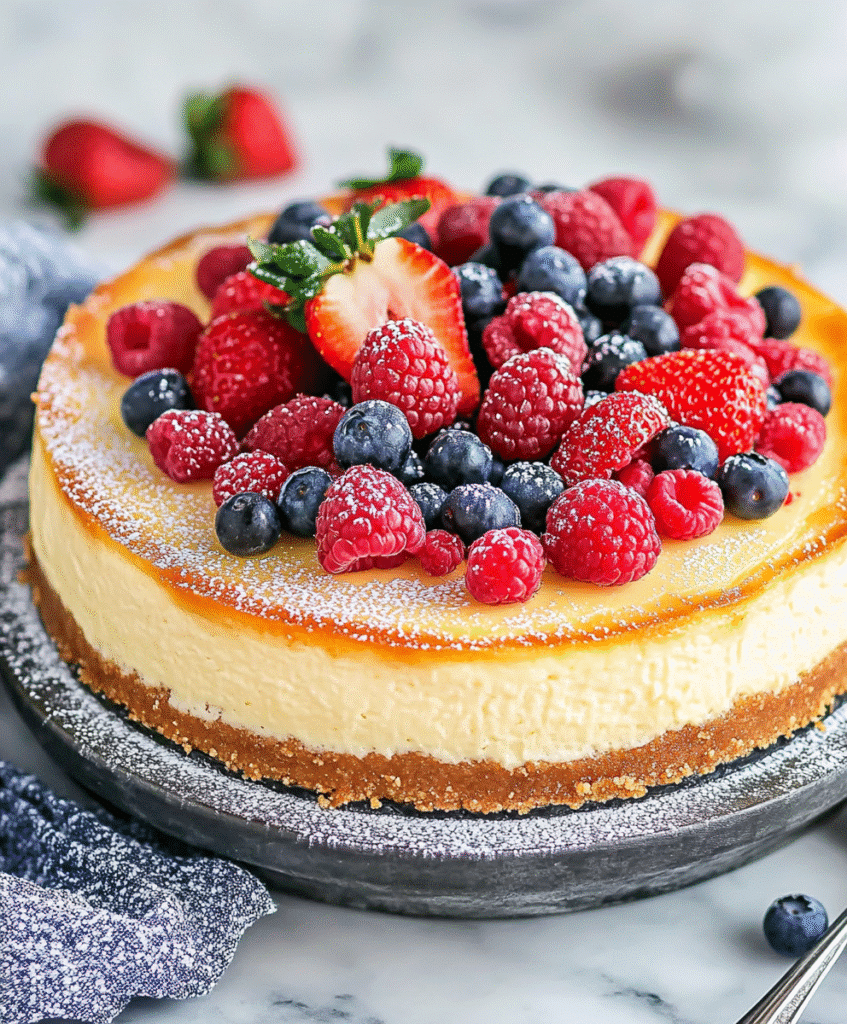
Why Choose Gluten Free Cheesecake?
What is Gluten and Why Avoid It?
Before diving into the creamy layers of goodness, it’s worth asking: what exactly is gluten, and why do so many people avoid it? Gluten is a protein found in wheat, barley, and rye. While harmless to many, it can trigger serious health issues for individuals with celiac disease or gluten sensitivity. Symptoms can range from digestive discomfort to fatigue, skin issues, and even joint pain.
Choosing a gluten free cheesecake ensures that you and your guests — whether they follow a gluten-free lifestyle by necessity or choice — can indulge without worry. Plus, gluten-free desserts have come a long way. With the right ingredients and techniques, they’re just as decadent and satisfying as their traditional counterparts.
Health Benefits of Gluten Free Cheesecake
You might be surprised to learn that going gluten-free isn’t just about avoiding discomfort. For many, it can lead to better digestion, increased energy levels, and clearer skin. When done right, gluten-free baking focuses on wholesome, nutrient-dense ingredients — think almond flour, oats, and fresh fruits.
A thoughtfully crafted gluten free cheesecake not only satisfies your sweet tooth but also supports your wellness goals. With fewer processed ingredients and potential allergens, it’s a dessert that feels as good as it tastes.
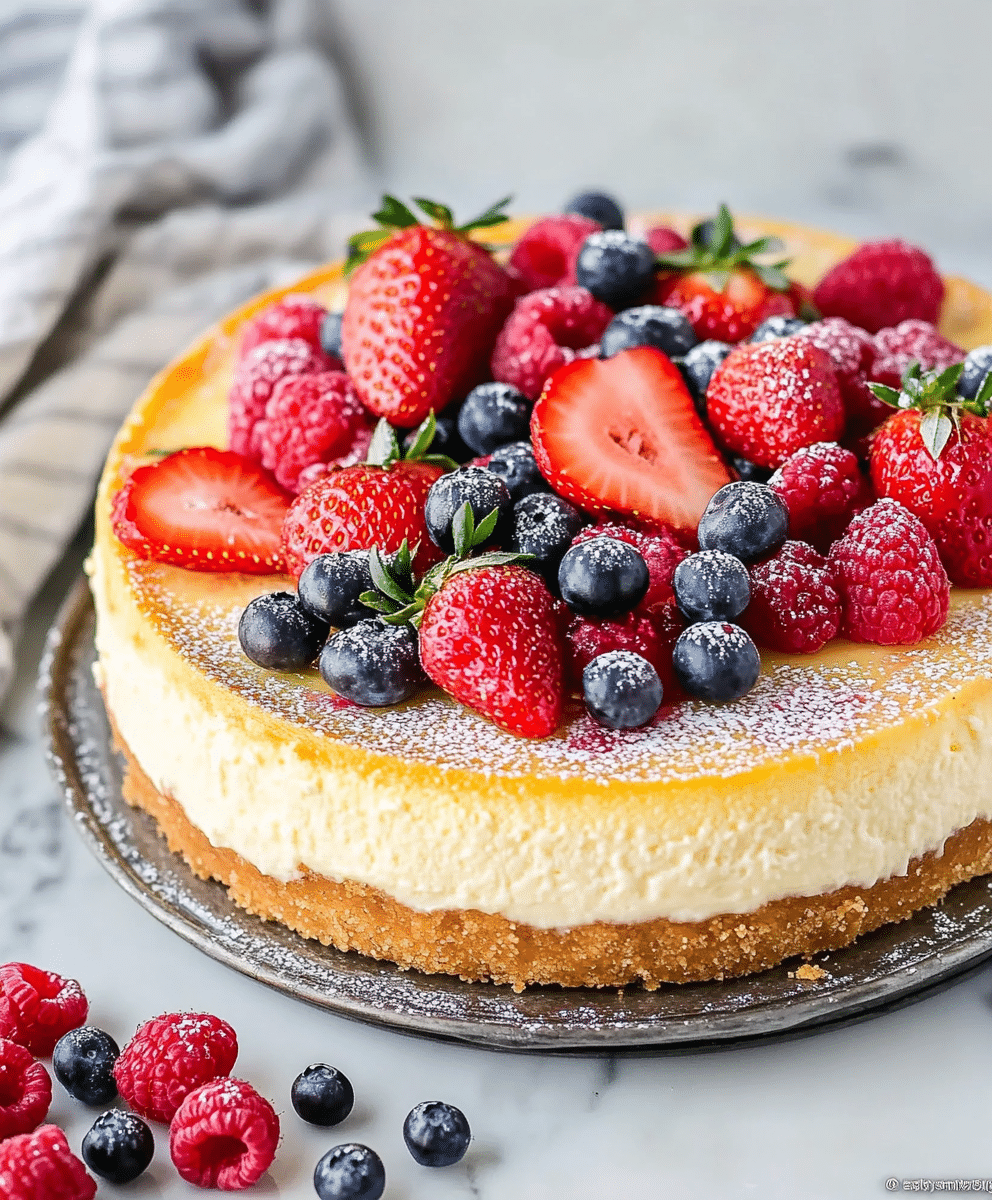
Ultimate Guide to Gluten Free Cheesecake: Tips, Recipe, and Variations
Ingredients
Method
- Preheat the oven to 350°F (177°C). Grease a 9-inch springform pan with butter.
- Crush the gluten-free graham crackers into fine crumbs using a food processor.
- In a medium bowl, combine the crumbs with sugar, cinnamon, and salt. Stir in the melted butter until the mixture resembles wet sand.
- Press the crust mixture into the bottom of the springform pan. Bake for 10–12 minutes until lightly browned. Cool for at least 10 minutes while preparing the filling.
- In a large mixing bowl, beat the softened cream cheese and sugar on high speed for 1–2 minutes until creamy and smooth.
- Add the eggs one at a time, mixing just until incorporated. Scrape down the bowl between additions.
- Mix in sour cream, lemon juice, cornstarch, and vanilla until combined and smooth.
- Pour the filling over the cooled crust and smooth the top with a spatula.
- Place the cheesecake in the preheated oven and immediately reduce the temperature to 300°F (149°C).
- Bake for 55–60 minutes, until the edges are set and the center slightly wobbles.
- Turn off the oven and allow the cheesecake to cool inside with the door cracked open for 1 hour.
- Run a knife around the edge of the pan to loosen the cheesecake, then cool to room temperature.
- Refrigerate for at least 4 hours or overnight before serving.
- Top with fresh berries, powdered sugar, caramel, or chocolate sauce before serving.
Nutrition
Notes
Tried this recipe?
Let us know how it was!Ingredients Essentials for the Perfect Gluten Free Cheesecake
Choosing the Best Gluten-Free Graham Crackers
A good cheesecake starts from the ground up — literally. The crust sets the foundation, and for a gluten free cheesecake, using the right graham crackers is essential. Traditional graham crackers are packed with wheat flour, but there are fantastic gluten-free alternatives that mimic that same crunchy, slightly sweet flavor.
Brands like Kinnikinnick’s S’moreables or Schär’s Honeygrams offer a close match in texture and taste. If you’re feeling adventurous, you can even bake your own gluten-free graham crackers using oat flour or almond flour blends. Whichever path you choose, make sure the crackers are finely ground for a buttery, cohesive crust that holds its shape under that luscious cheesecake filling.
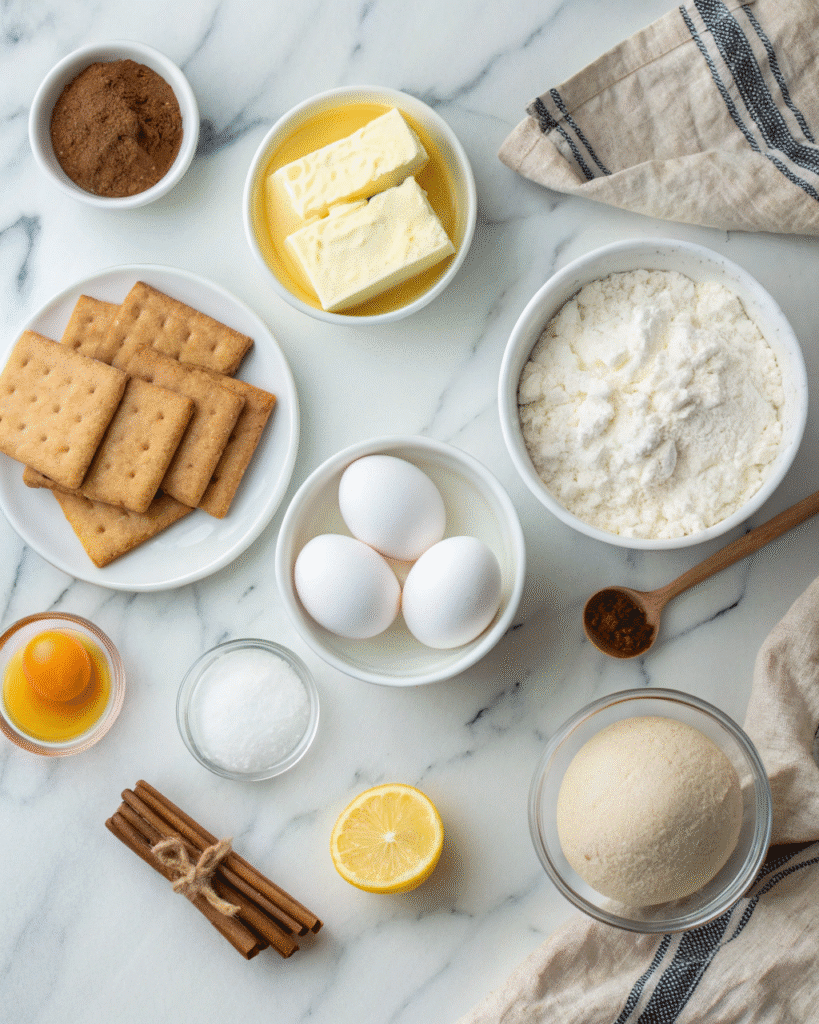
Key Dairy Ingredients for Creaminess
When it comes to crafting the perfect Gluten Free Cheesecake, the real magic lies in the filling. Full-fat cream cheese is essential — it creates that signature rich, velvety texture that sets an exceptional cheesecake apart from an ordinary one. While low-fat versions might sound appealing, they often result in a grainy, less indulgent finish that simply doesn’t do justice to a truly great cheesecake.
Another key player? Room-temperature eggs. They blend more smoothly into the batter, helping to prevent lumps and ensuring a uniform, silky consistency. To balance the richness, sour cream steps in with its signature tang, elevating the overall flavor profile.
A splash of lemon juice, even the bottled variety, brings a bright note that keeps the filling from becoming too heavy. And for that final touch, a tablespoon of cornstarch helps prevent cracks and ensures the cheesecake sets up beautifully without sacrificing smoothness.
Need to adjust for dietary preferences? It’s easy to make swaps without losing the luxurious feel. Many home bakers opt for lactose-free cream cheese or coconut cream, crafting a dairy-free version of Gluten Free Cheesecake that’s every bit as decadent as the original.
Check out this easy 4-ingredient gluten-free biscuits recipe to master gluten-free baking basics with minimal effort.
How to Make the Best Gluten Free Cheesecake Step-by-Step
Preparing the Gluten-Free Crust
The crust is where your Gluten Free Cheesecake begins to build its magic. Start by selecting high-quality gluten-free graham crackers — the foundation of a crust that’s both buttery and crisp. Pulse the crackers into fine crumbs using a food processor, aiming for a texture that resembles coarse sand.
Next, combine the crumbs with a touch of sugar, a sprinkle of cinnamon for warmth, and a pinch of salt to sharpen the flavors. Drizzle in melted butter and mix until the mixture holds together when pressed. This step ensures that once baked, the crust will be sturdy enough to support the creamy layers above.
Press the crust evenly into the bottom of a springform pan. If you like a higher crust edge, simply double the recipe and press some of the mixture up the sides of the pan. Bake the crust at 350°F for about 10-12 minutes, until golden and fragrant. Allow it to cool while you prepare the filling.
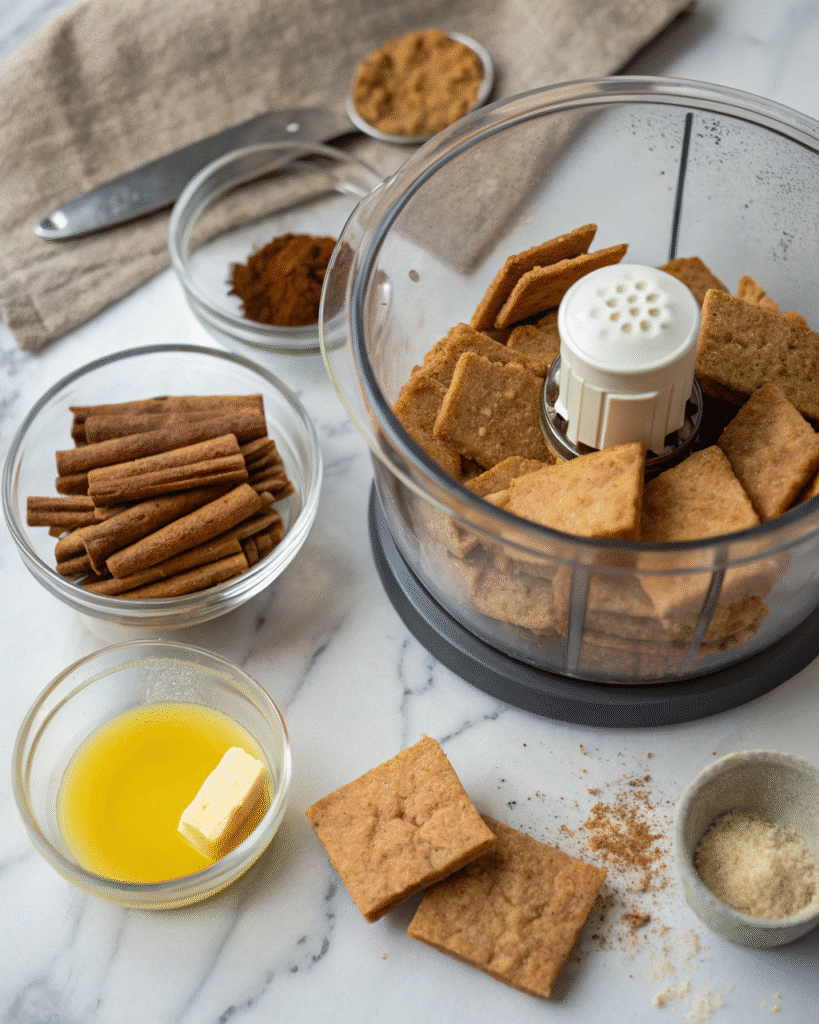
Mixing and Baking the Filling Perfectly
With the crust cooling, it’s time to focus on the star of the show: the filling. Begin by beating softened, full-fat cream cheese with sugar until the mixture is light and fluffy. This aeration is key to a smooth, cloud-like texture in your Gluten Free Cheesecake.
Add the eggs one at a time, mixing just until incorporated to avoid trapping excess air, which can cause cracks during baking. Follow with sour cream, lemon juice, cornstarch, and vanilla extract, blending carefully to keep the batter silky and uniform.
Pour the luscious filling over the cooled crust and smooth the top with a spatula. Bake at 300°F for about 55 minutes to an hour. You’re looking for edges that are set while the center remains slightly wobbly — this ensures the cheesecake will finish setting as it cools without becoming dry.
After baking, turn the oven off and let the cheesecake sit inside with the door closed for an additional hour. This gentle cooling prevents sudden temperature shifts that can lead to cracking.
Once out of the oven, run a knife around the edge of the pan to loosen the cake and allow it to cool to room temperature. Chill the cheesecake in the fridge for at least four hours — overnight if possible — to achieve that irresistibly dense yet creamy texture.
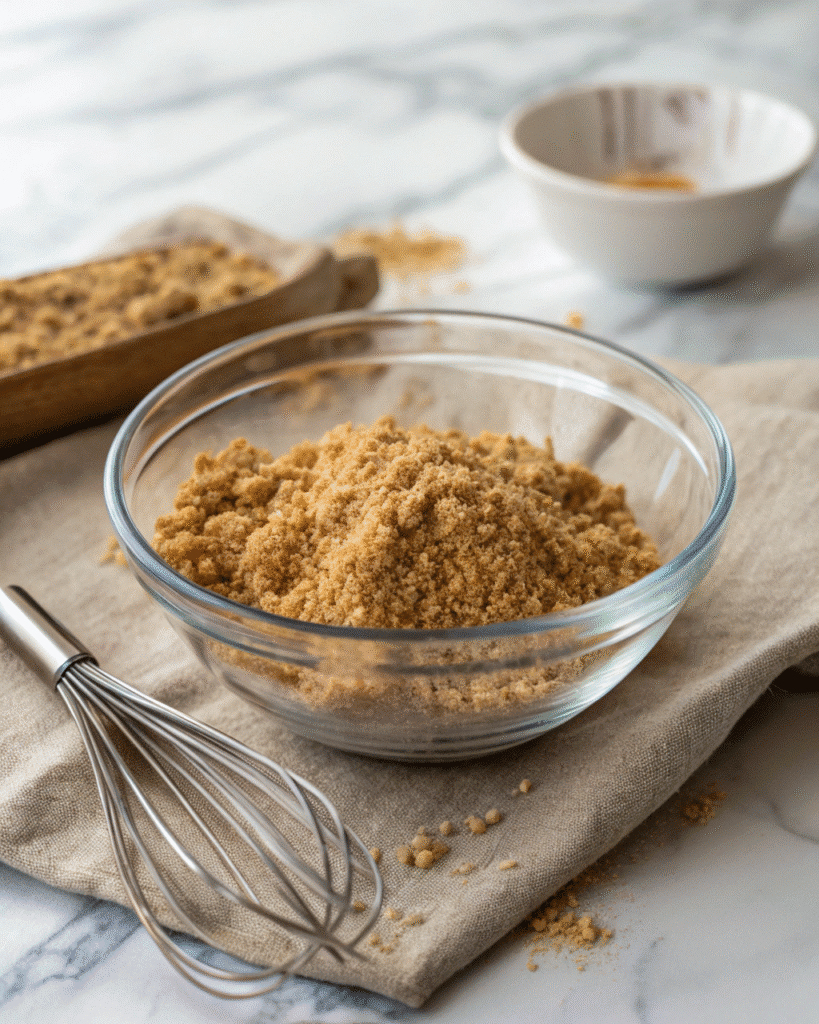
Secrets to Preventing Cheesecake Cracks Without Water Bath
Common Mistakes and How to Avoid Them
When baking a Gluten Free Cheesecake, cracks can feel inevitable, but they’re totally avoidable if you take the right steps. One of the biggest mistakes is overmixing the batter. While it’s important to beat cream cheese and sugar until creamy, once the eggs are added, you should only mix until just incorporated. Overmixing introduces too much air, causing the cheesecake to expand and crack as it cools.
Another common issue is overbaking. Many assume the cheesecake needs to be firm throughout, but a perfect Gluten Free Cheesecake should have set edges with a slightly wobbly center. It will continue to firm up as it cools, resulting in a smooth, creamy texture.
Temperature shock is another crack culprit. Avoid pulling the cheesecake from a hot oven into a cold kitchen. Instead, turn off the oven, crack the door open, and let your cheesecake cool slowly inside for an hour. Gradual cooling prevents stress fractures on the surface of your Gluten Free Cheesecake.
Tips for a Smooth and Creamy Cheesecake Texture
If you want a bakery-worthy Gluten Free Cheesecake, mastering texture is key. Start by using room-temperature ingredients. Cold cream cheese or eggs can cause lumps that lead to uneven texture. Let your ingredients sit out before you start mixing for best results.
Don’t overlook cornstarch either. Adding a tablespoon of cornstarch to the batter helps stabilize the Gluten Free Cheesecake, giving it a silky consistency and helping prevent cracks without affecting the flavor.
Another small but critical tip: butter the sides of your springform pan before adding the crust and filling. This lets the cheesecake naturally pull away as it cools, reducing the risk of cracks.
Even if your Gluten Free Cheesecake develops a few imperfections, don’t stress. A topping of fresh berries, whipped cream, or a glossy chocolate drizzle can easily hide any cracks and elevate the final presentation.
Gluten Free Cheesecake Toppings and Flavors
Fresh Fruits, Caramel, and Chocolate Toppings
One of the best parts of a Gluten Free Cheesecake is how versatile it can be when it comes to toppings. Fresh fruits like strawberries, raspberries, and blueberries are classic choices. They not only add a vibrant pop of color but also balance the richness of the cheesecake with natural sweetness and tartness.
If you’re looking to make your Gluten Free Cheesecake even more indulgent, consider drizzling it with caramel sauce or a thick, glossy chocolate ganache. For a simple yet elegant finish, dust the top with powdered sugar right before serving.
Nuts can also bring a crunchy contrast to the creamy texture. Try toasted pecans, walnuts, or almonds, either sprinkled on top or incorporated into a caramel sauce. Want to take it even further? A hot fudge drizzle with crushed gluten-free cookies can turn your cheesecake into an unforgettable showstopper.
Seasonal Variations and Creative Ideas
While a traditional Gluten Free Cheesecake is always a hit, switching up the flavors with the seasons keeps things exciting. In the summer, a berry compote or lemon glaze makes the cheesecake feel light and fresh. During fall, try topping it with spiced apples or pumpkin swirl for a cozy twist.
For the holidays, a cranberry-orange topping not only tastes festive but also looks beautiful on the table. Chocolate lovers can stir cocoa powder into the batter or add a rich chocolate layer between the crust and filling for an irresistible surprise.
Feeling adventurous? Matcha, espresso, or even peanut butter can add unique flavors that elevate a basic Gluten Free Cheesecake into something truly gourmet.
Don’t miss our blueberry almond clafoutis recipe, a fruity gluten-free dessert perfect for topping ideas.
Storage, Freezing, and Serving Tips
How to Store Gluten Free Cheesecake
Once your Gluten Free Cheesecake has cooled and set, proper storage is key to maintaining its flavor and texture. After chilling overnight, loosely cover the cheesecake with plastic wrap or foil. It’s best to store it in the springform pan to protect the delicate structure.
For short-term storage, keep your cheesecake refrigerated. A Gluten Free Cheesecake can stay fresh in the fridge for up to five days. Just be sure to place it on a flat, stable surface where it won’t get squished or absorb strong odors from neighboring foods.
If you prefer slicing ahead of time, place parchment paper between each slice before storing to prevent sticking. This makes serving easier and helps preserve the cake’s clean look.
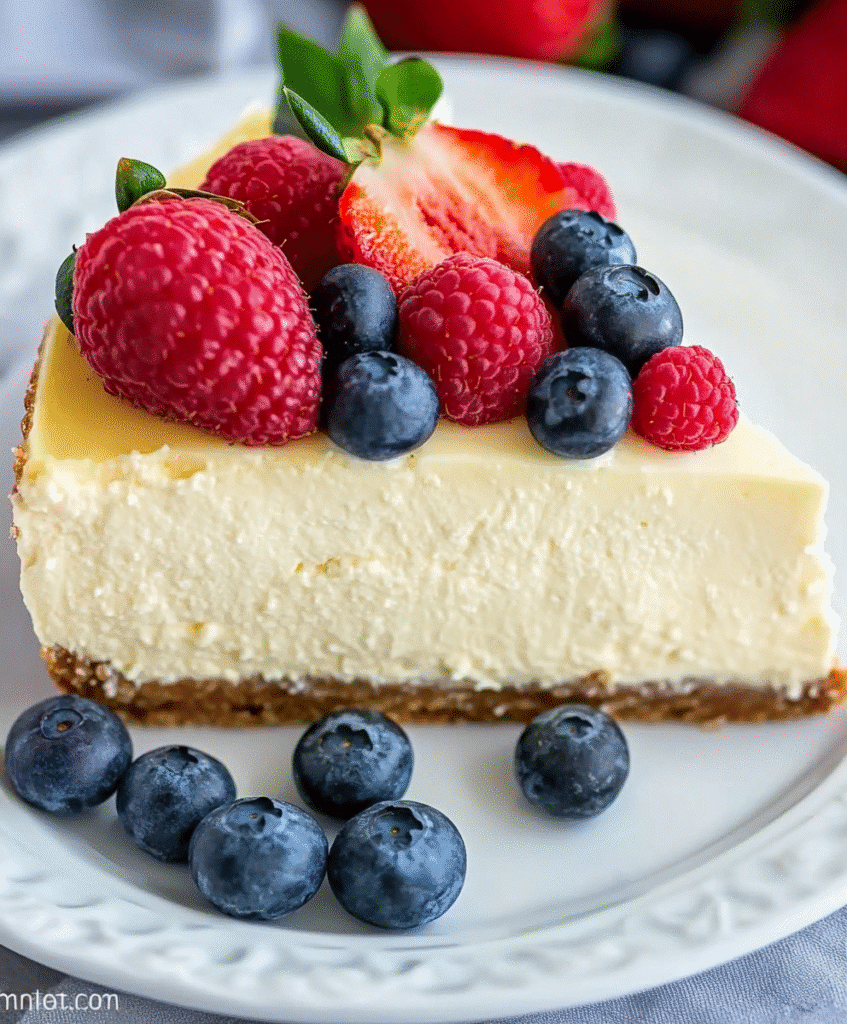
Best Practices for Freezing and Thawing
Did you know Gluten Free Cheesecake freezes beautifully? If you’re planning ahead for a party or simply want to save leftovers, freezing is a fantastic option. First, chill the cheesecake completely in the refrigerator. Once firm, wrap it tightly in plastic wrap, followed by a layer of foil for extra protection.
For individual portions, slice the cheesecake and wrap each piece separately before freezing. This way, you can thaw only what you need, avoiding unnecessary waste.
When you’re ready to enjoy your frozen Gluten Free Cheesecake, transfer it to the fridge and let it thaw slowly overnight. Avoid microwaving or quick-thawing methods; slow thawing preserves the texture and prevents condensation from making the crust soggy.
Frozen cheesecake can be stored for up to two months without losing quality. After thawing, garnish with fresh toppings to give it that just-made appearance.
Gluten Free Cheesecake for Different Diets
Low-Carb and Keto Variations
If you’re following a low-carb or keto lifestyle, you don’t have to miss out on the indulgence of a classic Gluten Free Cheesecake. The key is in the swaps. Instead of traditional gluten-free graham crackers, opt for a crust made with almond flour, butter, and a touch of sweetener like erythritol or monk fruit.
For the filling, full-fat cream cheese is perfect since it’s naturally low in carbs. Swap the regular sugar with a keto-friendly sweetener such as stevia or erythritol. The rest of the ingredients — sour cream, eggs, and vanilla — remain largely the same, meaning you can still achieve that silky, rich texture with minimal adjustments.
A keto Gluten Free Cheesecake delivers all the flavor and satisfaction without kicking you out of ketosis — the best of both worlds.

Dairy-Free and Vegan Alternatives
Need a dairy-free or vegan option? It’s easier than ever to adapt a Gluten Free Cheesecake to fit these dietary needs. Start by replacing the cream cheese with a plant-based alternative — brands like Kite Hill and Miyoko’s offer excellent dairy-free options. Full-fat coconut milk or cashew cream can substitute for sour cream, bringing a similarly rich and creamy profile.
For eggs, flaxseed meal or aquafaba (the liquid from canned chickpeas) makes a great egg replacement, helping the cheesecake set properly without compromising on texture.
And don’t worry about losing flavor. With the right blend of vanilla, lemon juice, and just the right vegan sweetener, your dairy-free Gluten Free Cheesecake will be every bit as delicious as the traditional version.
If you love experimenting, our gluten-free banana nut bread muffins are another great dairy-free, gluten-free treat.
Conclusion: Savor Every Bite of Gluten Free Cheesecake
Making a Gluten Free Cheesecake at home isn’t just about substituting a few ingredients — it’s about creating a dessert that’s every bit as rich, creamy, and satisfying as the classics we grew up loving. With the right techniques, the perfect crust, and the best quality ingredients, you can whip up a cheesecake that even the most discerning dessert lover will devour.
Whether you’re topping it with seasonal fruits, swirling it with chocolate, or adapting it for special diets, your homemade Gluten Free Cheesecake will always steal the show. Now that you have all the tips, tricks, and a foolproof recipe, it’s your turn to get baking.
For more mouthwatering bakes, try our gluten-free German chocolate cake, packed with rich, decadent flavors.
Follow us on Facebook & Pinterest for more gluten-free dessert ideas and community fun!
For more delicious gluten-free recipes, visit our website at The Savory Hearth.
Common Questions About Gluten-Free Cheesecake (FAQ)
Is cheesecake naturally gluten-free?
No, most traditional cheesecakes aren’t gluten-free. While the filling typically contains no gluten, the crust is often made with graham crackers that include wheat flour. To enjoy a truly Gluten Free Cheesecake, you need to ensure the crust is made with certified gluten-free graham crackers or a homemade gluten-free crust alternative.
What can I use instead of gluten-free graham crackers?
If gluten-free graham crackers aren’t available, there are plenty of substitutions. Gluten-free cookies like shortbread or vanilla wafers work beautifully when crushed. You can also use ground nuts like almonds or pecans mixed with a bit of butter and sugar to form a nutty, flavorful crust for your Gluten Free Cheesecake.
How do you prevent cheesecake from cracking?
Preventing cracks in a Gluten Free Cheesecake comes down to technique. Avoid overmixing the batter after adding eggs, bake at a lower temperature, and allow gradual cooling by turning off the oven and letting the cheesecake rest inside. Adding a tablespoon of cornstarch to the batter also helps stabilize the structure, reducing the risk of cracks.
Can gluten free cheesecake be made dairy-free?
Yes, absolutely! Substitute regular cream cheese with a plant-based option like almond or cashew-based cream cheese. Full-fat coconut milk or cashew cream works well in place of sour cream. With these swaps, you can create a dairy-free Gluten Free Cheesecake that’s just as creamy and indulgent.
How long does gluten free cheesecake last?
Properly stored, a Gluten Free Cheesecake will stay fresh in the refrigerator for up to five days. For longer storage, you can freeze the cheesecake for up to two months. Make sure it’s well wrapped to avoid freezer burn and preserve its rich flavor and creamy texture.
What’s the best topping for gluten free cheesecake?
Fresh berries are a classic, but your Gluten Free Cheesecake can be dressed up with caramel drizzle, chocolate ganache, or a sprinkle of toasted nuts. Seasonal fruit compotes or even a simple dusting of powdered sugar can transform a basic cheesecake into an elegant dessert centerpiece.
